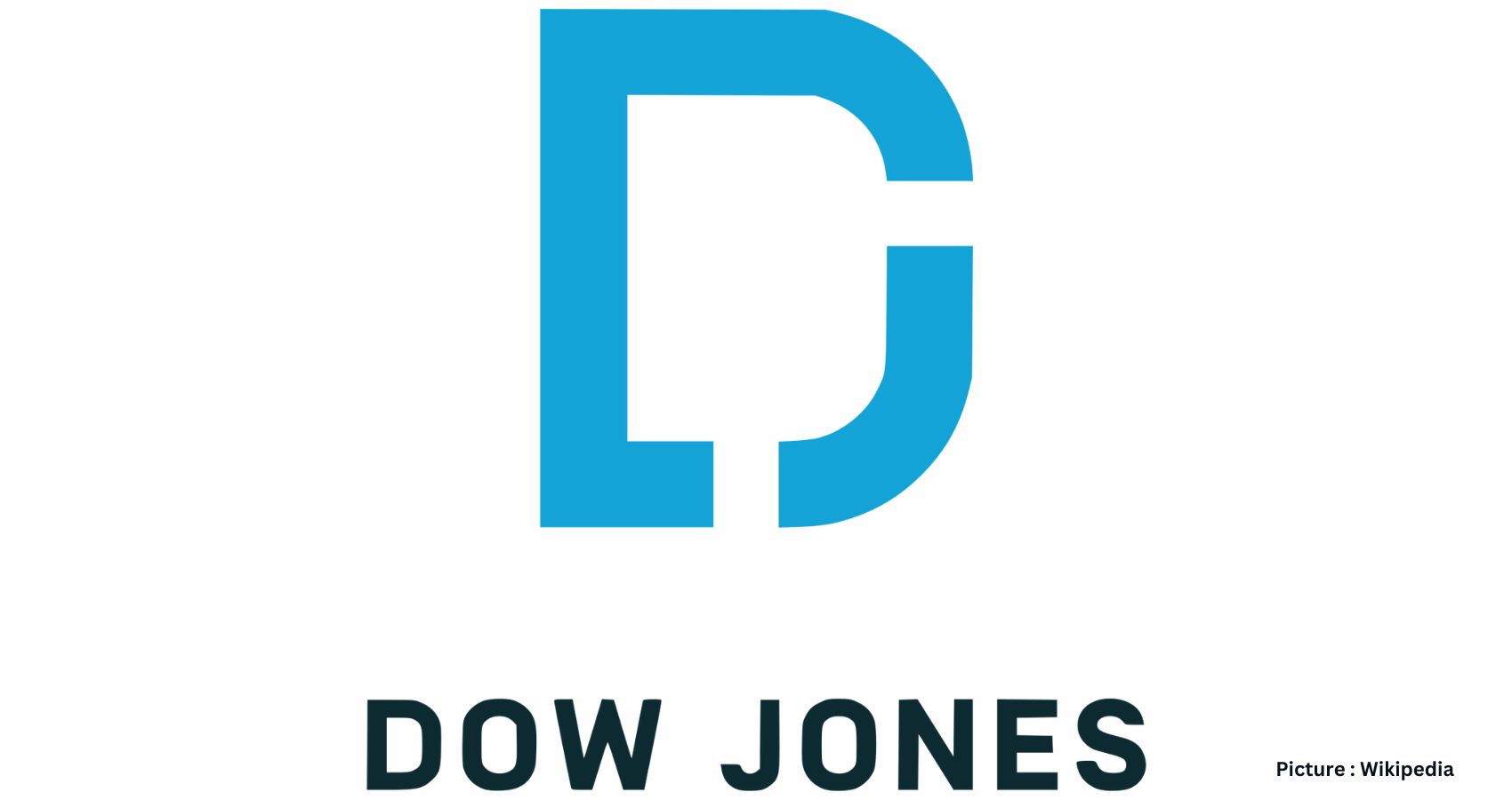The Dow Jones Industrial Average has surpassed 40,000 for the first time, marking a significant milestone in what has been a surprisingly strong year for Wall Street.
However, much like how New Year’s Day is merely an arbitrary point in the Earth’s orbit around the sun, such milestones for the Dow don’t hold inherent significance. This is because the Dow, comprising only 30 companies, represents a very small segment of Corporate America. Furthermore, most individual 401(k) accounts are not directly influenced by the Dow, which is increasingly viewed as a relic for historical comparisons.
Here’s an examination of what the Dow is, how it reached this point, and its declining relevance among investors:
What is the Dow?
The Dow is an index of 30 established, well-known companies often referred to as “blue chips,” implying they are on the steadier and safer side of Wall Street.
What’s in the Dow?
Despite its name, the Dow doesn’t only include industrial companies like Caterpillar and Honeywell. Since its inception in 1896, the roster has evolved in tandem with the U.S. economy. Out went companies like Standard Rope & Twine, and in came major technology companies such as Apple, Intel, and Microsoft. The financial sector is well-represented with American Express, Goldman Sachs, JPMorgan Chase, and Travelers, while the healthcare sector includes Amgen, Johnson & Johnson, Merck, and UnitedHealth Group.
What’s all the hubbub now?
The Dow recently crossed the 40,000-point threshold during midday trading on Thursday. It took approximately three and a half years to rise from 30,000 points, a milestone first reached in November 2020. This growth has persisted despite the worst inflation in decades, high interest rates aimed at controlling inflation, and fears that such rates would lead to a U.S. recession. Currently, companies are reporting their best profit growth in nearly two years, and the economy has managed to avoid a recession thus far.
Is the Dow the main measure of Wall Street?
No. The Dow represents a narrow segment of the economy. Professional investors prefer broader market measures like the S&P 500 index, which encompasses nearly 17 times more companies. As of the end of 2019, more than $11.2 trillion in investments were benchmarked to the S&P 500, compared to only $32 billion to the Dow Jones Industrial Average. Investors’ 401(k) accounts are much more likely to include an S&P 500 index fund than anything linked to the Dow. The S&P 500 recently surpassed its own milestone, topping 5,300 points for the first time. “That’s what more investors care about,” notes the article, highlighting the relative importance of the S&P 500’s performance compared to the Dow.
How different are the Dow and the S&P 500?
Historically, the performances of the Dow and the S&P 500 have been quite similar, though recently the S&P 500 has outperformed the Dow. Over the last 12 months, the S&P 500 rose by 29.3%, easily outpacing the Dow’s 21.1% gain. This disparity is partly because the S&P 500 has a heavier emphasis on Big Tech stocks, which have driven much of its gains in the past year. Hopes for a reduction in Federal Reserve interest rates and enthusiasm around artificial-intelligence technology have elevated these stocks to high levels. The Dow, in contrast, does not include marquee stocks like Alphabet, Meta Platforms, or Nvidia.
Is that it?
No, the Dow and the S&P 500 also differ in their methodologies for measuring index movements. The Dow assigns more weight to stocks with higher price tags, meaning stocks with larger dollar changes impact the index more significantly. For example, UnitedHealth Group, with its $523 stock price, exerts a greater influence on the Dow than Walmart, whose stock is priced at about $63. Conversely, the S&P 500 gives more weight to stocks based on their overall market size. Thus, a 1% move in Walmart carries more weight than a 1% move in UnitedHealth Group because Walmart has a larger total market value.
So why care about the Dow?
Due to its long history, the Dow provides a longer track record than other market measures. Historically, a triple-digit move in the Dow offered a straightforward way to gauge whether the stock market was experiencing a significant day. However, this is now less meaningful. “A 100 point swing for the Dow means a move of less than 0.3%,” reflecting its diminished relevance in the context of the broader market.











